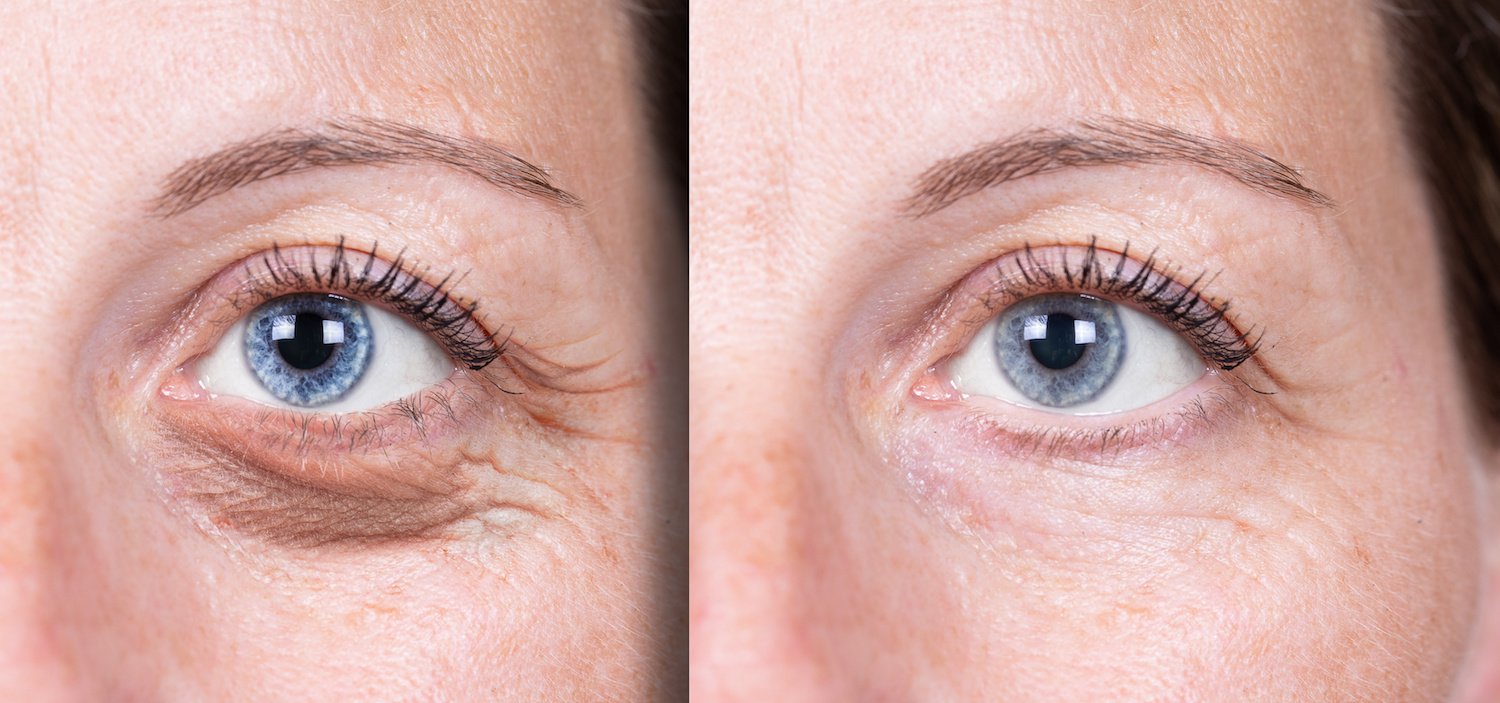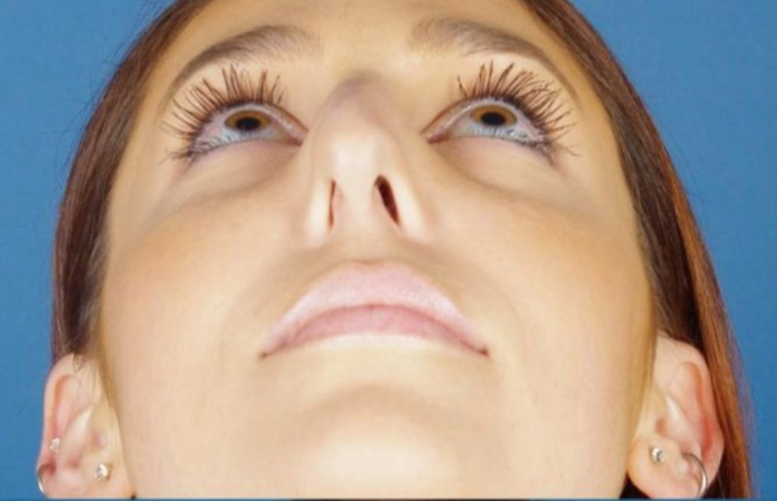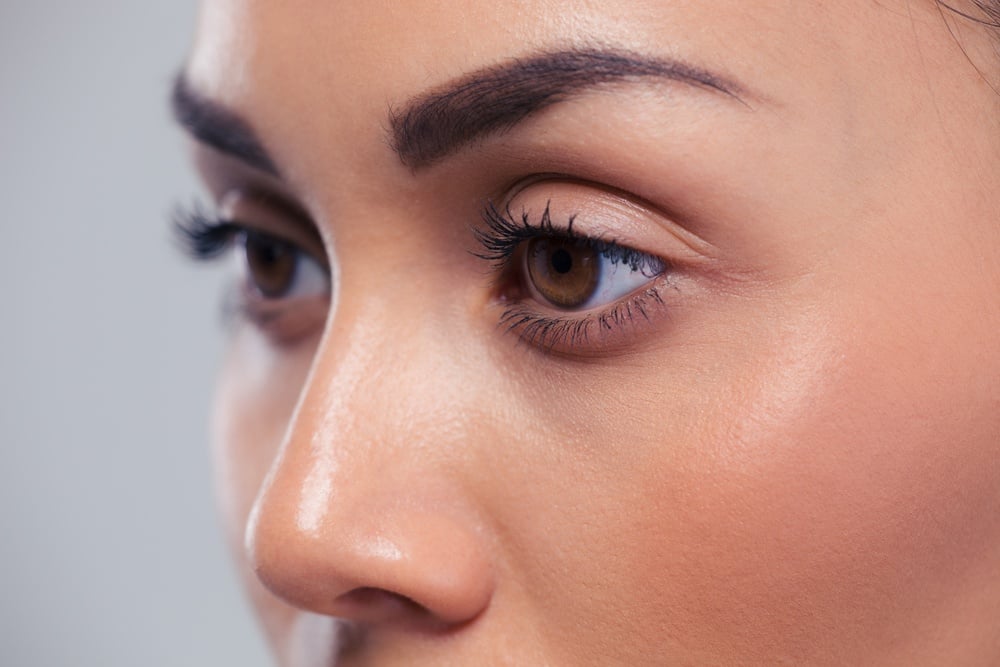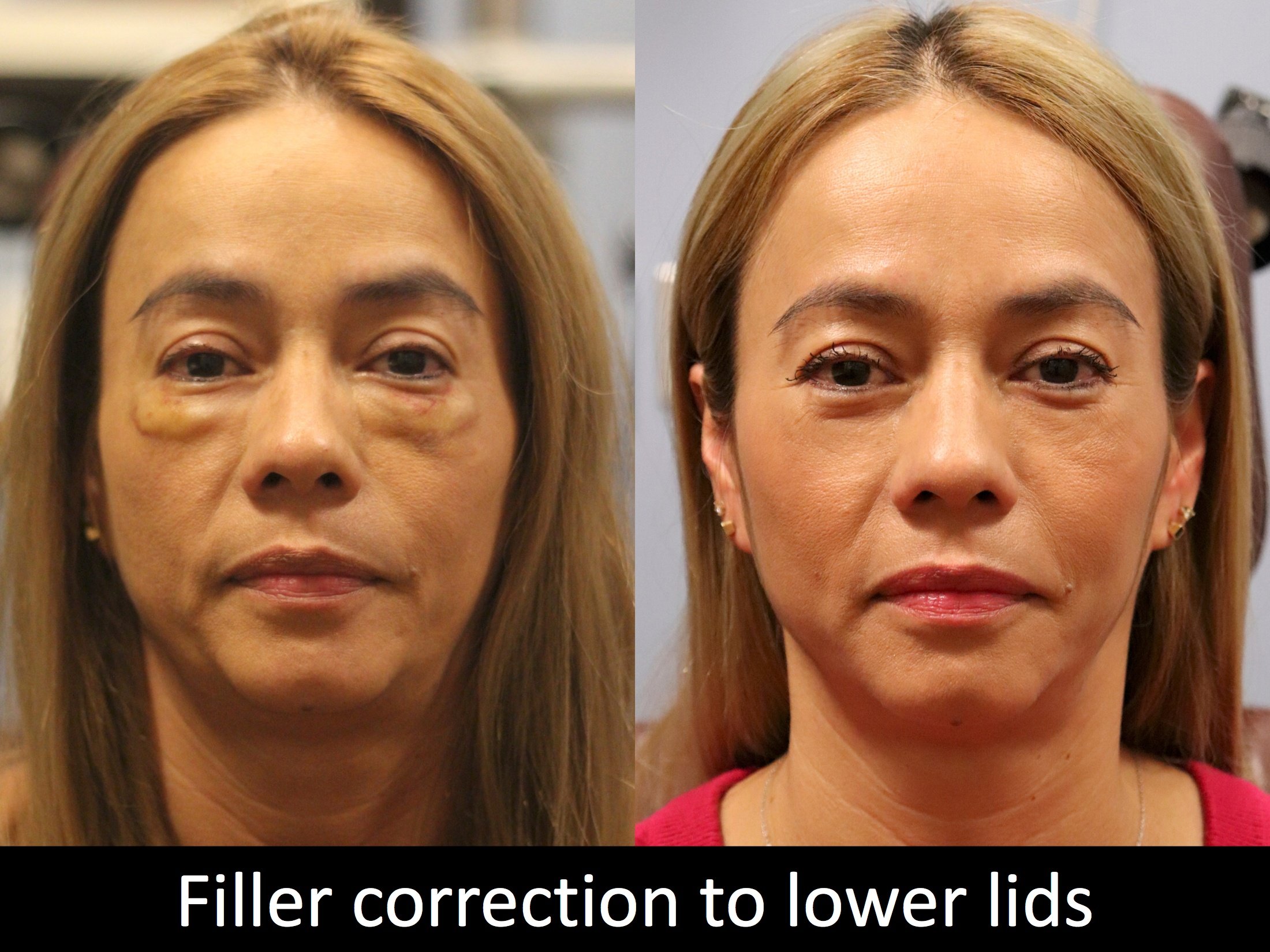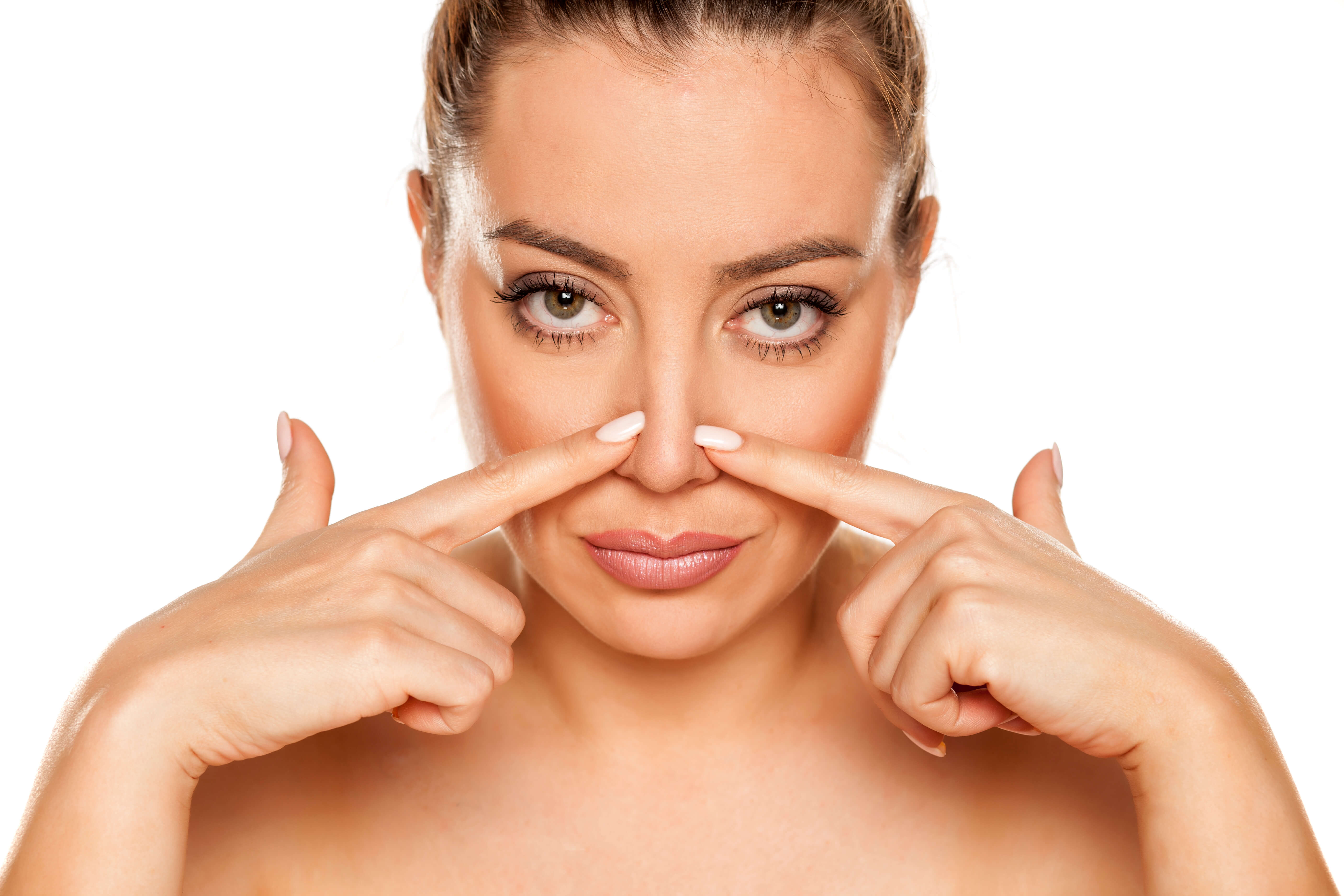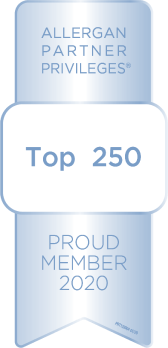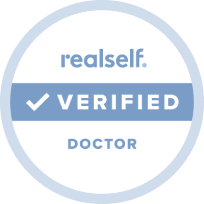One of the least charming side-effects of repeated shaving is ingrown hair. Lucky you, if you have never had this experience. Ingrown hair can occur on your neck, face, underarms, bikini line/pubic area, legs, even your buttocks. And not only from shaving. Waxing and plucking can cause ingrown hairs, too. They can be painful or itchy, somethings with redness and swelling – unsightly as well as irritating.
You want them gone! But, how?
First, what are ingrown hairs?
When you remove hair by shaving, waxing, or tweezing, it grows back. Normally the hair grows straight up through the surface of the skin, but sometimes it grows back into the skin below the surface instead. When that happens, your body detects an “invasion” and responds accordingly.
Typical symptoms include:
- Small, round, firm bumps (called papules)
- Small pus-billed blisters (called pustules)
- Darkening or redness around the lesion (hyperpigmentation)
- Itching or pain
Ingrown hair can happen to anyone, but African-American men who shave their beard are at highest risk. That’s because they usually have coarse, and very curly, hair. The thicker texture and natural curl make the hair more susceptible to grow inward rather than straight out. Since most people of every ethnicity tend to have coarser, curly pubic hair, ingrown hair can be a particular problem in that area.
How to treat ingrown hairs
Most of the time ingrown hair resolves itself. That will happen soonest if you resist the urge to “help it along” by scratching or digging at your skin (which can cause an infection) and if you stop removing hair in that area.
That said, there are some proactive steps you can take:
- Apply a warm compress.
- Apply a steroid cream (over the counter or doctor-prescribed) to help reduce inflammation.
- Apply benzoyl peroxide cream (commonly used for acne) to help reduce redness and dry up the affected area.
- Gently exfoliate to remove dead skin cells so the hair can emerge more easily. You can buy an over-the-counter product that contains salicylic acid or glycolic acid. Or you can make your own exfoliator by mixing sugar with honey or olive oil or by mixing 1 tablespoon of baking soda with 1 cup of water. Applying a retinoid cream can also help, but you’ll need a prescription. Note that you should never use retinoids if you’re pregnant.
- When the hair does emerge, gently pull it – the goal is to help it emerge further, not pluck it out altogether, which could start the ingrown hair process all over again.
To help prevent future ingrown hair, try using shaving cream or gel formulated for sensitive skin.
We have a better idea!
The best way to prevent ingrown hair is to stop shaving, waxing, and plucking. But what if you don’t want that hair? Laser hair removal eliminates unwanted hair virtually permanently. No hairs, nothing to shave or wax or pluck, nothing to grow inward and cause problems. And none of the other annoying and unattractive side-effects such as prickly stubble and the need to repeatedly keep doing whatever you were doing to remove that hair.
After just a few laser hair removal treatments, you’ll be saving time and your skin will remain consistently smooth and soft to the touch. We can’t say laser hair removal is 100% permanent, because a few hairs may reappear at some point in the future, but if that happens we can quickly eliminate them. What we can assure you is that laser hair removal is fast, not painful, highly effective, and there’s no downtime.
- Acne
- Botox/Dermal Fillers
- Browlift
- Chemical Peels
- Chin Augmentation
- Consultation
- Denver Facial Plastic Surgeon
- Deviated Septum
- Eyelid Procedures
- Facelifts/Necklifts
- Headaches/Excessive Sweating
- Healthy Living
- Laser Hair Removal
- Laser Treatments
- Latisse
- MedSpa
- Memberships
- Microdermabrasion
- Nasal Valve Collapse
- Non-Surgical Procedures
- Rhinoplasty
- Skin Care
- Thread Lifts
- Wrinkle Treatments
